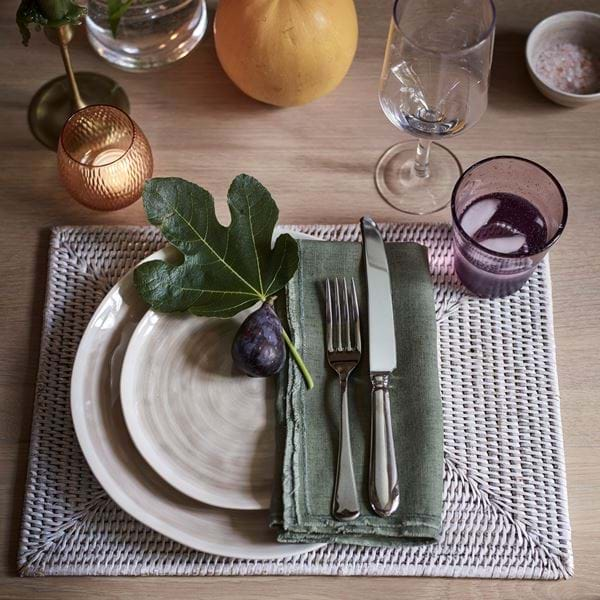Victoria’s dining room


A matter of heart & soul
For the family who live in this 16th-century home, bringing its rooms gently into the 21st century without losing any of their character was at the top of their priority list. ‘We worked on a few spaces together,’ said Victoria, ‘but this one felt particularly special. It’s such a small room, but one with a great deal of soul. The challenge was to bring in furniture that wouldn’t jar with that. So we chose the Chawton sideboard and Wycombe table because both have adjustable feet that would work with the uneven floor, and both feature textural oak to pick up on the existing timber.’
Practicalities considered
‘This room leads to several others,’ Victoria told us, ‘so it could so easily have felt like a hallway. Placing the table in the middle makes the room’s purpose clear, but we chose a round table so there would still be a sense of flow around it. Circular tables also help to create intimacy – they feel very cosy and personal because you can chat easily to everyone.’

Texture at every turn
With timber beams and doors, terracotta flooring and limewashed plaster, the scene was already set for a tactile space: ‘It’s why we kept the palette neutral,’ explained Victoria, ‘and instead, brought even more texture with a hemp rug, rush seating and sheepskin throw, and just a touch of crisp contrast from the sideboard’s painted exterior.’

Seasonal possibilities
‘Decorating with such a neutral palette means the owners can bring in seasonal colour to ring the changes. So for instance, we chose tabletop accessories in subtle shades of fig, olive and amber that they can add to from their garden – fig leaves, copper beech branches or small squash and pumpkins – to reflect the autumn landscape.’

